
How to Exercise Safely When You Have Atrial Fibrillation
🫀 6 Types of Exercise That May Help If You Have Atrial Fibrillation (AFib)
Atrial fibrillation (AFib) is a common heart rhythm disorder that can cause palpitations, fatigue, and shortness of breath. While it may seem counterintuitive, regular physical activity can actually help manage AFib symptoms and improve heart health — as long as it’s done safely and under medical guidance.
Here are six types of exercise that are generally considered safe and beneficial for people with AFib, along with tips to maximize their effectiveness.
1. 🚶♂️ Walking
Walking is a low-impact, accessible form of cardio that helps improve circulation and heart function.
-
Start with short walks (10–15 minutes) and gradually increase duration.
-
Aim for a brisk pace that raises your heart rate without causing discomfort.
-
Walking outdoors also boosts mood and reduces stress — both important for AFib management.
2. 🚴♀️ Cycling
Stationary or outdoor cycling offers a great cardiovascular workout without putting strain on joints.
-
Use a heart rate monitor to stay within your target zone.
-
Avoid high-intensity intervals unless cleared by your doctor.
-
Indoor cycling classes can be modified for lower intensity.
3. 🧘 Yoga
Yoga promotes relaxation, flexibility, and stress reduction — all of which are beneficial for AFib.
-
Focus on gentle styles like Hatha or restorative yoga.
-
Avoid poses that require holding your breath or straining.
-
Breathing exercises (pranayama) can help regulate heart rhythm and reduce anxiety.
4. 🏊 Swimming
Swimming provides full-body exercise with minimal impact on joints and muscles.
-
Swim at a moderate pace and avoid breath-holding techniques.
-
Water aerobics is a great alternative if lap swimming feels too intense.
-
Always swim in supervised environments if you’re prone to dizziness or palpitations.
5. 🧘♂️ Tai Chi
Tai Chi combines slow, flowing movements with deep breathing and mental focus.
-
It improves balance, coordination, and cardiovascular endurance.
-
Studies show Tai Chi may help lower blood pressure and reduce AFib episodes.
-
Ideal for older adults or those new to exercise.
6. 🏋️♂️ Light Strength Training
Resistance training helps maintain muscle mass and metabolic health.
-
Use light weights or resistance bands.
-
Focus on controlled movements and avoid breath-holding (Valsalva maneuver).
-
Include exercises for major muscle groups 2–3 times per week.
🧠 Bonus Tips for Exercising Safely With AFib
-
Consult your cardiologist before starting any new exercise program.
-
Monitor your heart rate and symptoms during workouts.
-
Stay hydrated and avoid exercising in extreme heat.
-
Listen to your body — stop if you feel dizzy, lightheaded, or experience chest pain.
-
Warm up and cool down properly to prevent sudden changes in heart rhythm.
🩺 Why Exercise Matters for AFib
Regular physical activity can:
-
Improve cardiovascular efficiency
-
Reduce blood pressure and cholesterol
-
Enhance mood and reduce stress
-
Support weight management
-
Lower the frequency and severity of AFib episodes
Even small amounts of movement — like stretching or walking around the house — can make a difference. The key is consistency and moderation.
News in the same category


5 Unconventional Signs of Breast Cancer That You Must Know About
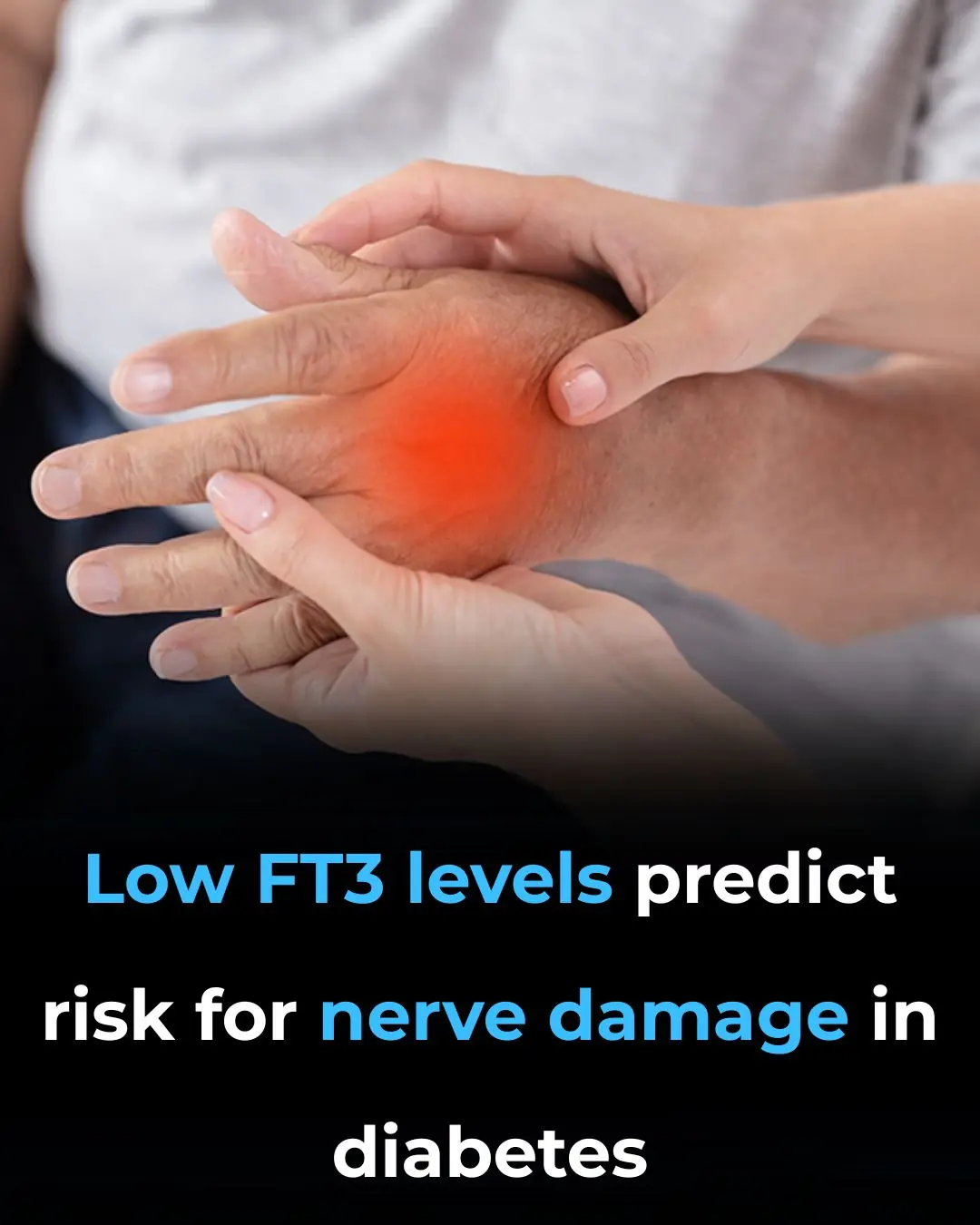
Low FT3 Levels Predict Risk for Nerve Damage in Diabetes

Doctors Urge: Don’t Ignore Unexplained Bruising — These Hidden Reasons Could Be the Cause

12 Urgent Warning Signs You’re Eating Too Much Sugar
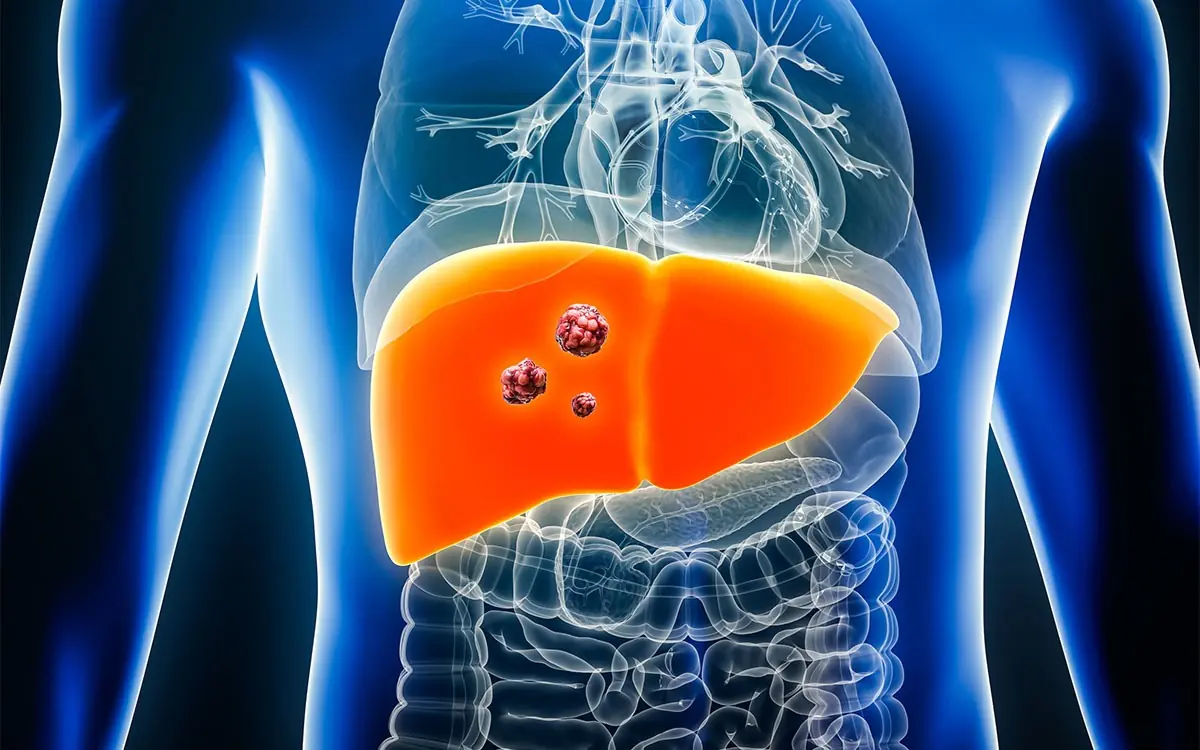
5 Common Habits Silently Destroying Your Liver (Most People Do Them!)

The Ultimate Guide to Marinating Fish
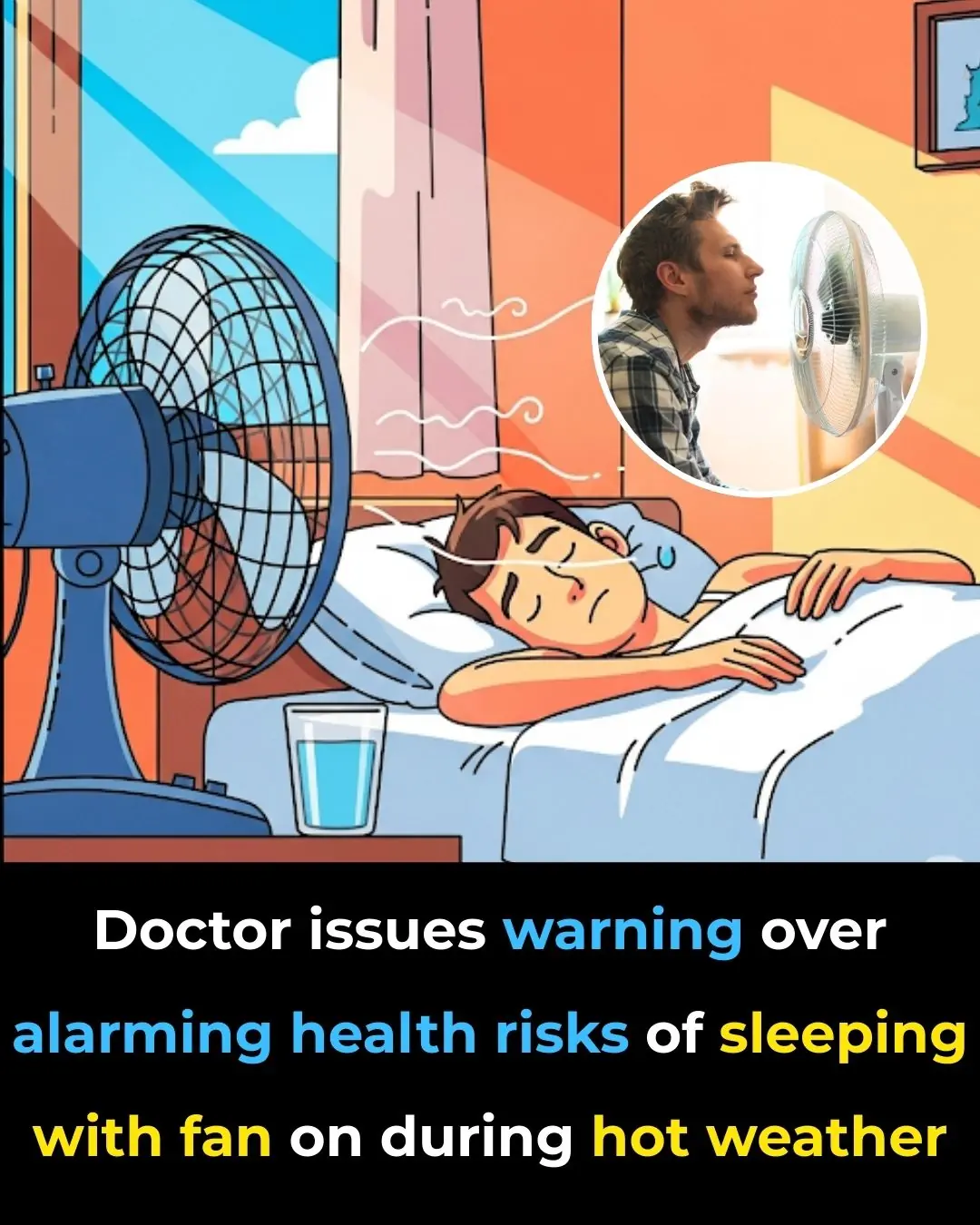
The Pros and Cons of Sleeping with a Fan On
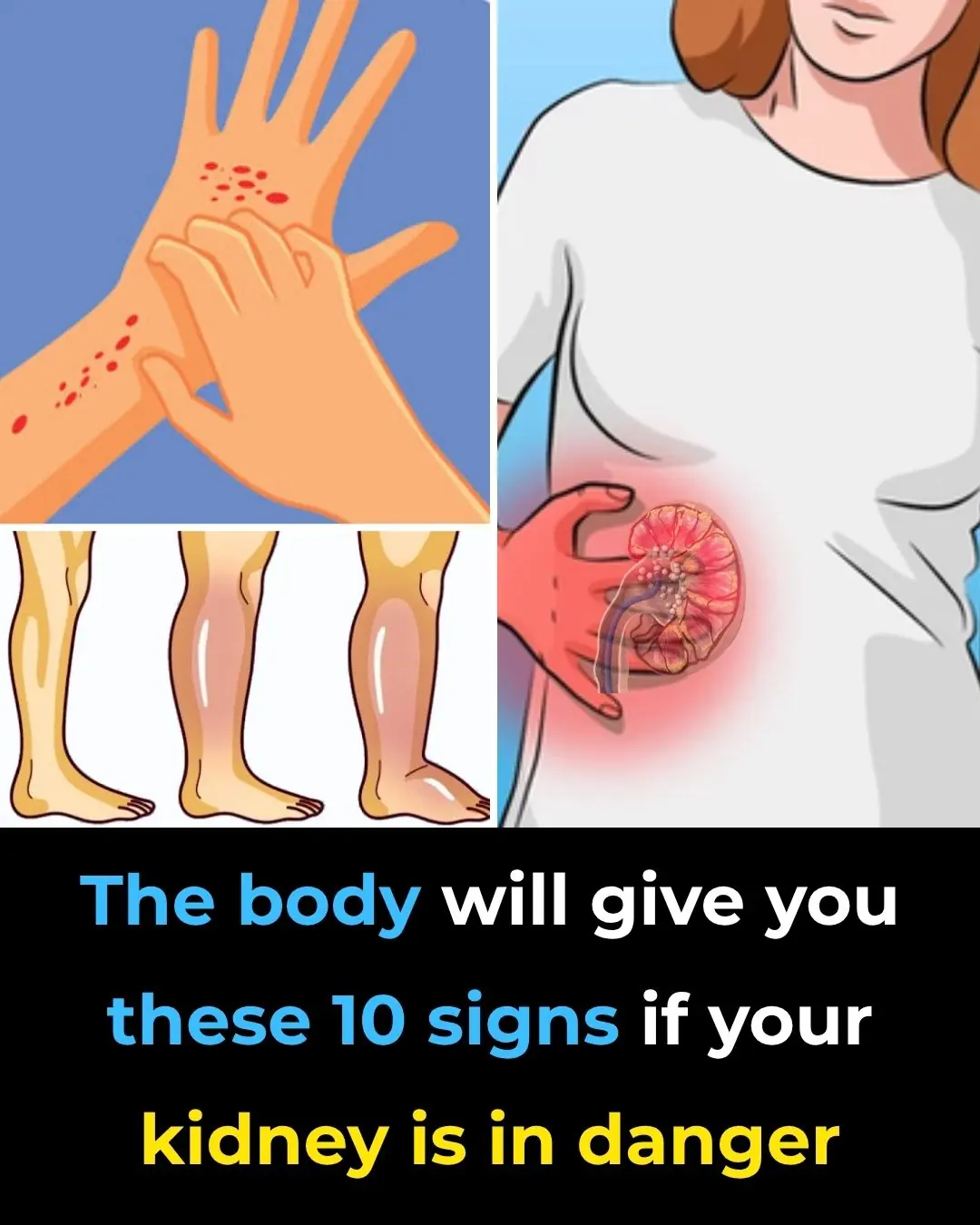
10 Symptoms of Kidney Disease

5 Potential Health Benefits of Macadamia Nuts
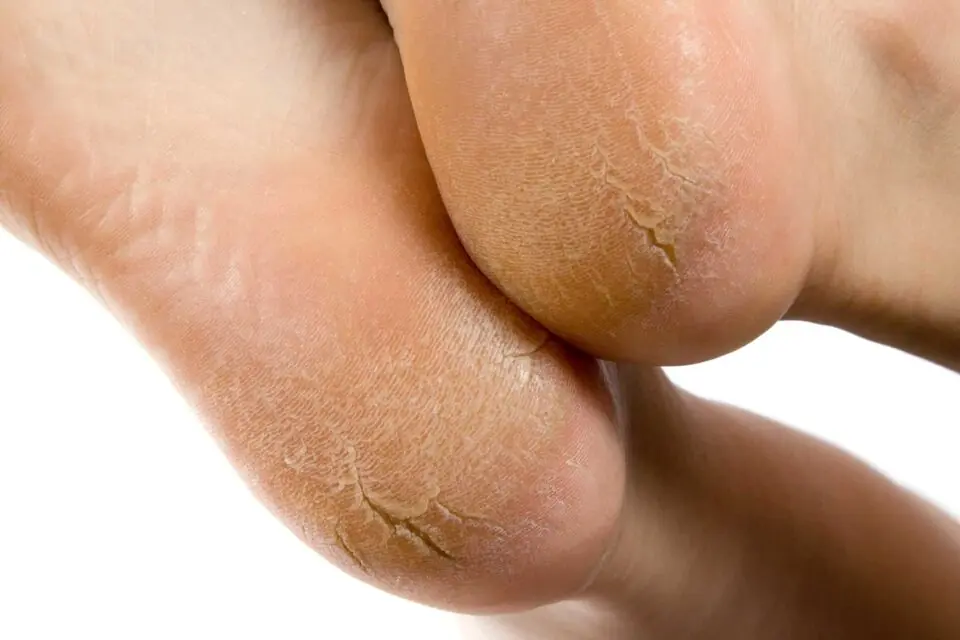
How to Get Rid of Dead Dry Skin on Feet

Foods to Eat if You Need to Poop – The Best Natural Laxatives

How to Make Onion Juice for Hair Growth & Strong Hair

3 Best Ways to Boil Sweet Potatoes for Maximum Flavor

Top 13 Inflammatory Foods You Should Avoid (Replace with These)

Why You Should Drink THIS Warm Turmeric Water In The Morning

14 Warning Signs of Low Magnesium Levels and What to Do About It (Science Based)

The Six Signs Of A Potassium Deficiency – And How To Fix It
News Post

14 Warning Signs of Low Magnesium Levels and What to Do About It (Science Based)

5 Unconventional Signs of Breast Cancer That You Must Know About

Low FT3 Levels Predict Risk for Nerve Damage in Diabetes

Doctors Urge: Don’t Ignore Unexplained Bruising — These Hidden Reasons Could Be the Cause

12 Urgent Warning Signs You’re Eating Too Much Sugar

5 Common Habits Silently Destroying Your Liver (Most People Do Them!)

Where Do You Stand on the Sitting-Rising Test?

The Ultimate Guide to Marinating Fish

The Pros and Cons of Sleeping with a Fan On

One Button, Big Savings: Cut Energy Costs with Every Wash

10 Symptoms of Kidney Disease

10 Types of Toxic Friends to Avoid

Index Finger Length: Personality and Fortune

5 Potential Health Benefits of Macadamia Nuts

How to Get Rid of Dead Dry Skin on Feet

Foods to Eat if You Need to Poop – The Best Natural Laxatives

How to Make Onion Juice for Hair Growth & Strong Hair

3 Best Ways to Boil Sweet Potatoes for Maximum Flavor
